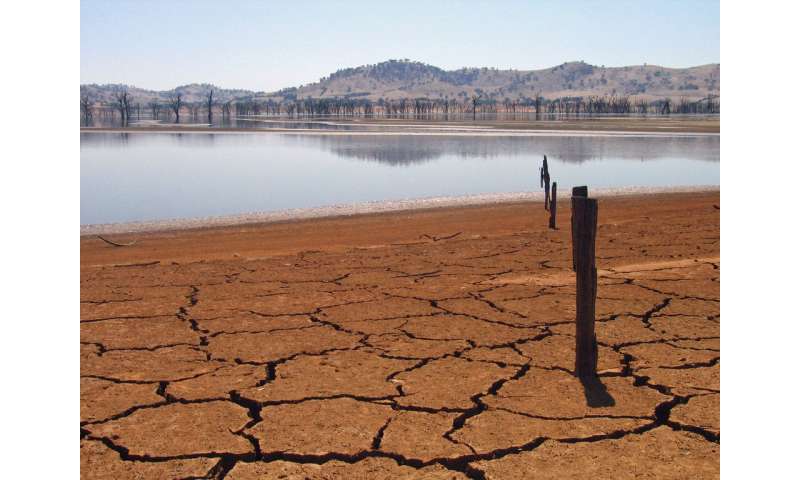#Australia likely to experience up to 35% more El Niños under new projections
“#Australia likely to experience up to 35% more El Niños under new projections”

The “butterfly effect” is used by climate scientists to refer to an infinitesimally random perturbation to an identical initial condition (for example, in surface temperatures) causing drastically different El Niño trajectories.
El Niño is associated with low rainfall in western Pacific regions including in eastern and southern Australia, and increased likelihood of drought, heatwaves and bushfires. It also causes flooding in the Equatorial Pacific.
New research, published in Nature, discovered a ‘systematic relationship’ between past and future El Niño activity that could be used to improve long-term climate projections.
“El Niño stores a memory of its past behavior, and organizes its future accordingly,” Director of the Center for Southern Hemisphere Oceans Research, and lead-author Dr. Wenju Cai said.
“These findings mean that we have uncertainty in future El Niño projections—but we now have a gage on it by examining its past behavior.”
During El Niño years, the tropical Pacific Ocean warms, and the global mean temperature rises as a result of equatorial Pacific surface winds taking heat out of the upper equatorial Pacific Ocean.
By running a model over 40 times with identical starting conditions except for slightly different surface temperatures, researchers found that weak El Niño activity in an initial period may lead to higher future El Niño activity under greenhouse warming, because of the way ENSO organizes itself over a multi-decadal to century lifespan.
The starting surface temperature conditions were modified in each experiment by an infinitesimally small difference—only one in a hundred trillionth (10-14) of a degree Celsius—akin to the ‘flap of a butterfly’s wings.”
Experiments in which the butterfly effect led to lower El Niño activity in the first 50 years produced a greater increase in El Niño activity 150 years later, and vice versa. In these experiments, lower initial El Niño activity took less heat out of the equatorial Pacific, and a greater warming occurred, which caused higher El Niño activity in future decades.
“Given we have just come out of a hiatus period with low El Niño activity, our results suggest we can expect more frequent and stronger El Niño activity in upcoming decades. We may experience up to 35 percent more El Niño activities under these new projections,” Dr. Cai said.
More information:
Wenju Cai et al. Butterfly effect and a self-modulating El Niño response to global warming, Nature (2020). DOI: 10.1038/s41586-020-2641-x
Australia likely to experience up to 35% more El Niños under new projections (2020, September 3)
retrieved 3 September 2020
from https://phys.org/news/2020-09-australia-el-nios.html
This document is subject to copyright. Apart from any fair dealing for the purpose of private study or research, no
part may be reproduced without the written permission. The content is provided for information purposes only.
If you want to read more Like this articles, you can visit our Science category.
if you want to watch Movies or Tv Shows go to Dizi.BuradaBiliyorum.Com for forums sites go to Forum.BuradaBiliyorum.Com




